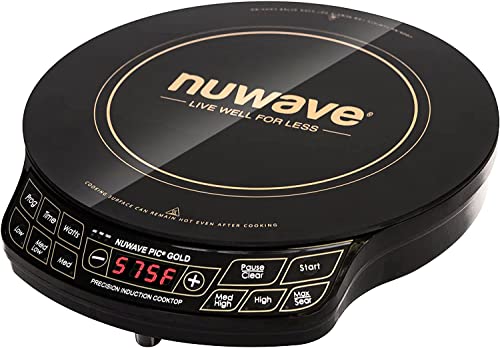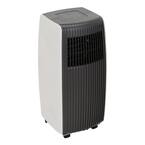Vanholio
Well-known member
- Joined
- May 12, 2016
- Messages
- 87
- Reaction score
- 0
phillipaaron said:Now I need to figure out why my home had a "spray on" radiant barrier. Snake oil?
Reflective paint does work to some extent to reduce emmisivity of the decking, but not very well. That is, the decking can't release its heat into the attic as well as if the paint weren't there. But foil / Reflectix with an air gap is much more effective because it's a smoother surface and because it uses reflectivity to shoot the radiant energy back, which works twice as well.
So in a van, Reflectix between foam board and paneling helps a bit, but not much. Better to use the foam board with foil backing; less work.
[video=youtube]










































































